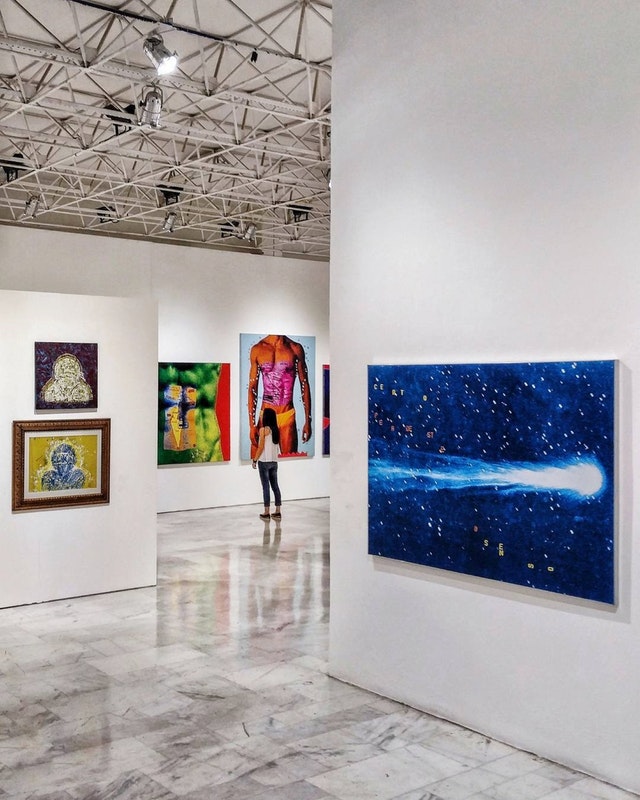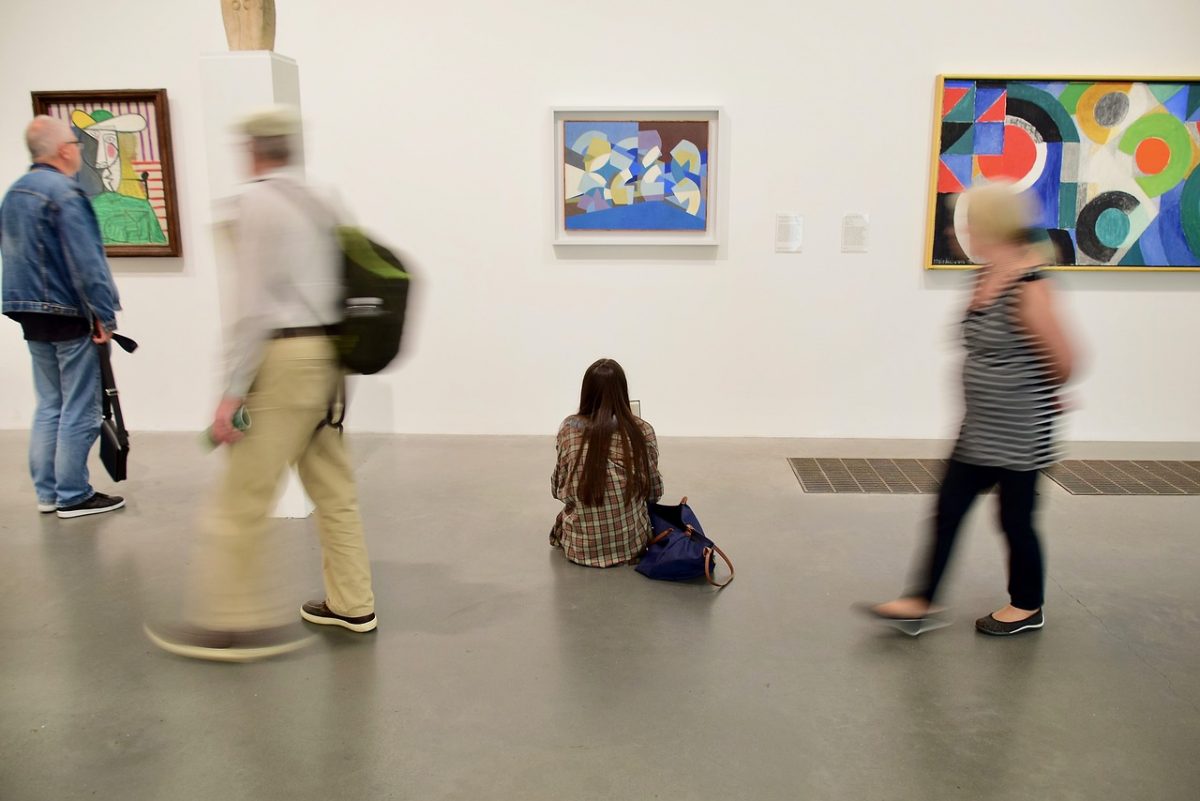Galleries, auction houses, fairs, but also exhibitions, museums, and exhibitions of various nature and genre. The system of Contemporary Art is a kaleidoscopic world that can dazzle those that face it for the first time.
For this reason, we at RDN Arts think it is useful, before embarking on the fascinating journey into the world of collecting, to sit comfortably at the table and study the map of this “middle ground” between culture and economy.
The Cultural Construction and Consumption of Contemporary Art
The art market is a global reality in which culture and commerce intertwine in various evolutions, where millions of people, driven by the most varied aspirations, work and move. The system of art has its main offices in New York and London. However, in recent years, it has been spreading in Asia, in particular in China and Hong Kong.
As much articulate and complicated it may seem, the reassuring thing, at least in this first approach, is that this economic system lyes on the same essential elements. But let’s proceed step by step.

To begin with, it is necessary to make the first distinction between two types of market: the primary one, where works of art are on sale for the first time, and the second one where, instead, they have past buyers. The boundary between these two realities is porous. Also, it often happens that operators working in one may also be present in the other.
This applies to auction houses that generally include in the catalog works that have already changed hands other times. More and more often, however, they sell works that appear for the first time on the market. That’s the case for Munch’Scream sold at auction for the fantastic amount of 119.9 million dollars.
However, the merchant remains the main point of reference for collectors. In particular, if it has its own exhibition space: the Gallery.
The system of contemporary art and the role of Galleries
As we will see later, the merchants who operate on the primary market behave almost like cultural institutions. In particular, they organize well-curated exhibitions accompanied by catalogs for the artists they represent.
On the other hand, the role of the Gallery, historically, goes beyond that of the simple sale of work. In particular, they are real centers of cultural dissemination. It is they, we must not forget, who contributed to the affirmation of Impressionism, Cubism, and many other avant-garde movements. Different is the matter for secondary merchants, but we will talk about this at another time.

Closely connected to the world of galleries is that of art fairs. There are about eighty of them all over the world, even if the really important ones are much less. The fairs give the great opportunity to have galleries from various parts of the country or the world. Galleries that a person could hardly visit directly in their home.
Beloved and hated, the Auction Houses entered the world of contemporary art at the end of the nineties. However, operating mainly on the secondary market, they do not fail to make forays into the primary.
Then there are the Art Consultants: their main task is to guide the collector in his choices and to give him access to works that, in a very competitive market such as that of contemporary art, would otherwise be unreachable.
To date, however, the art system reserves a prominent place for online galleries, which, especially in this delicate historical period, represent the most direct channel that unites the works with collectors.